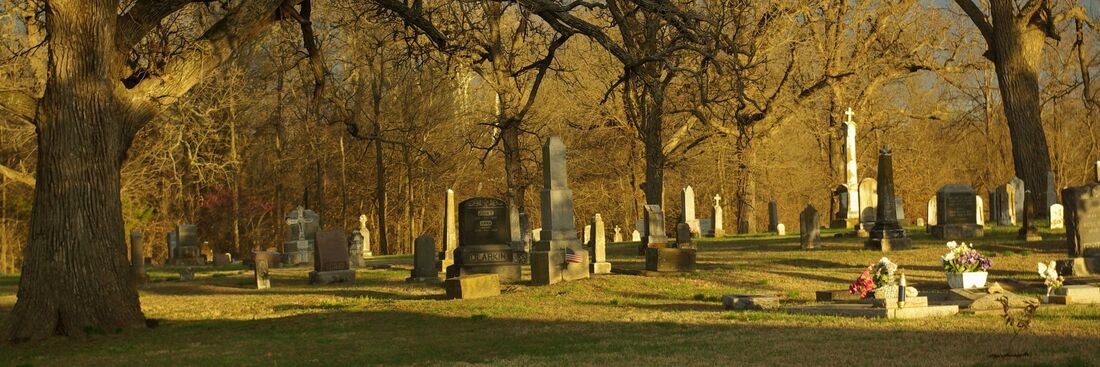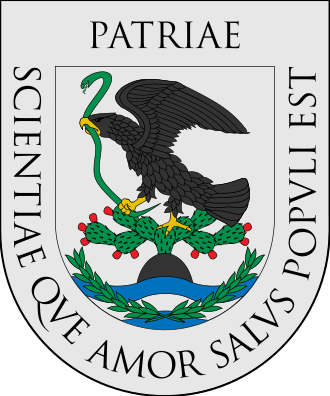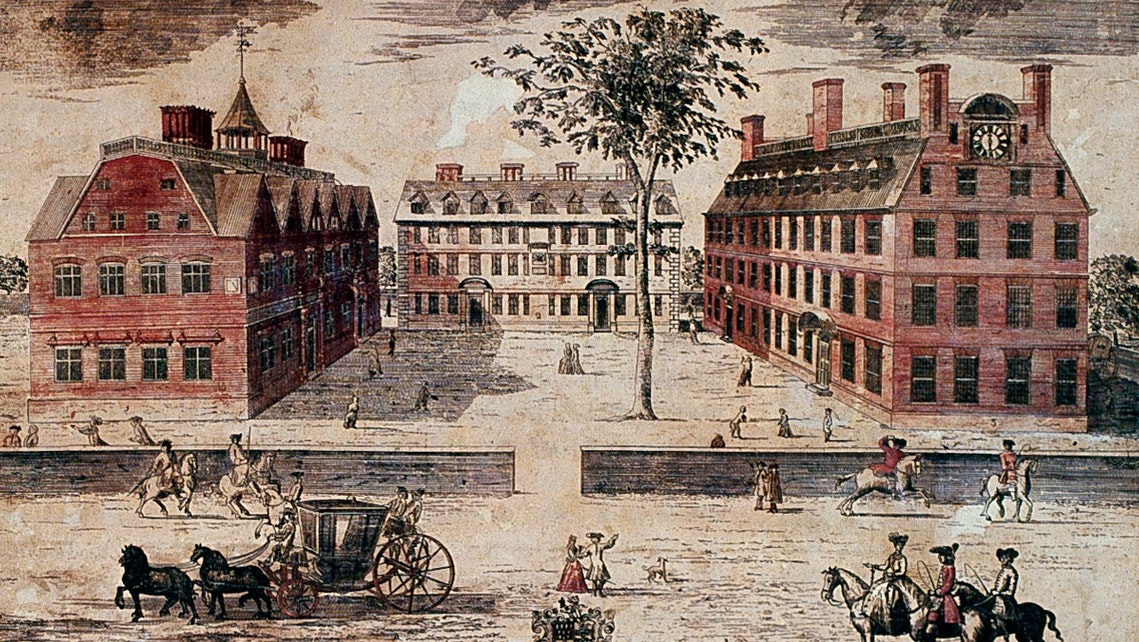TL;DR -- We hope to continue having a post with a Memorial Day theme. Today, we look more closely at a region that is of interest for several reasons. It deals with an area west of St. Louis but not outside of the eastern part of the U.S. plains.
---
Our main focus had been New England, both north and south, from the early days. But, as time went by, people moved. Western migrations were a norm from the beginning. The access to water and the means to move upon it saw lots of traffic along the coast and across the seas. That is almost a given as New England has a nautical flavor. There will be a lot more work to do concerning the periods (several generations) prior to the Revolution (which is coming upon its 250th) which was our focus. But, the constraints of the viral outbreak came to be and brought a more local view to fore.
Along with, we might add, came a more virtual way of operating. From the beginning, we had tried to tie pieces together whether it was getting Find A Grave profiles in order, keeping WikiTree up to date with respect to research results or such. As COVID made an impact, the benefits of virtual work became more apparent. In our Memorial Day, 2019 work, we attempted to find all siblings in one generation and got several records update. One of these was for a grave in a Veterans' cemetery in Saugus, MA where we requested that his wife's FAG profile be linked with that of the veteran. At the same time, we got WikiTree updated. As an aside, we have been using WT in order to have completion. In our Memorial Day, 2020 work, we mentioned missing graves which is a common theme and suggests lots of work to be done. For instance, in little Essex County of MA, a Trask family researcher noted dozens of graves moved without documentation. Then, our Memorial Day, 2021 work was related to the theme of going west. That has been a key area of research related to the upcoming 250th (D.A.R. and S.A.R.).
This year, we will continue that theme. While researching up north, New France was the focus. As we looked at the west and the southwest, New Spain became of interest, especially its influence during the Revolution (New Spain's span). Then, we had to look at the various modes of transportation, say from the days of Jedediah Strong Smith to the time just after the automobile arose. And, the train is a major character in the story.
This brings up today's theme, an Osage Mission (FB: The Catholic Osage Mission). Earlier, one of our posts looked at the Katy - Western Railroad which went from the Texas Gulf Coast up to Kansas City and St. Louis and passes through several states including eastern Kansas and included an image of Parsons, KS. While browsing today, we saw an image of a cemetery that could have been anywhere but definitely reminded of many of those in New England. The photo was at this blog: A Catholic Mission. The area is not far from the Osarks, however hills run along this longitude from Texas up to Canada. Not far from this area, though, is the beginning of the large prairie which hampered those going west.
 |
| St. Francis cemetery St. Paul, KS |
- Note: Reference material for page quoting Pike included the Great American Desert page of the Legends of America site. One of the links on the page goes to a Kansas Historical Society's Read Kansas page (Indian Removal to the “Great American Desert”) on the subject. The KHS provides the following image.






.png/1024px-Viceroyalty_of_New_Spain_Location_1819_(without_Philippines).png)

